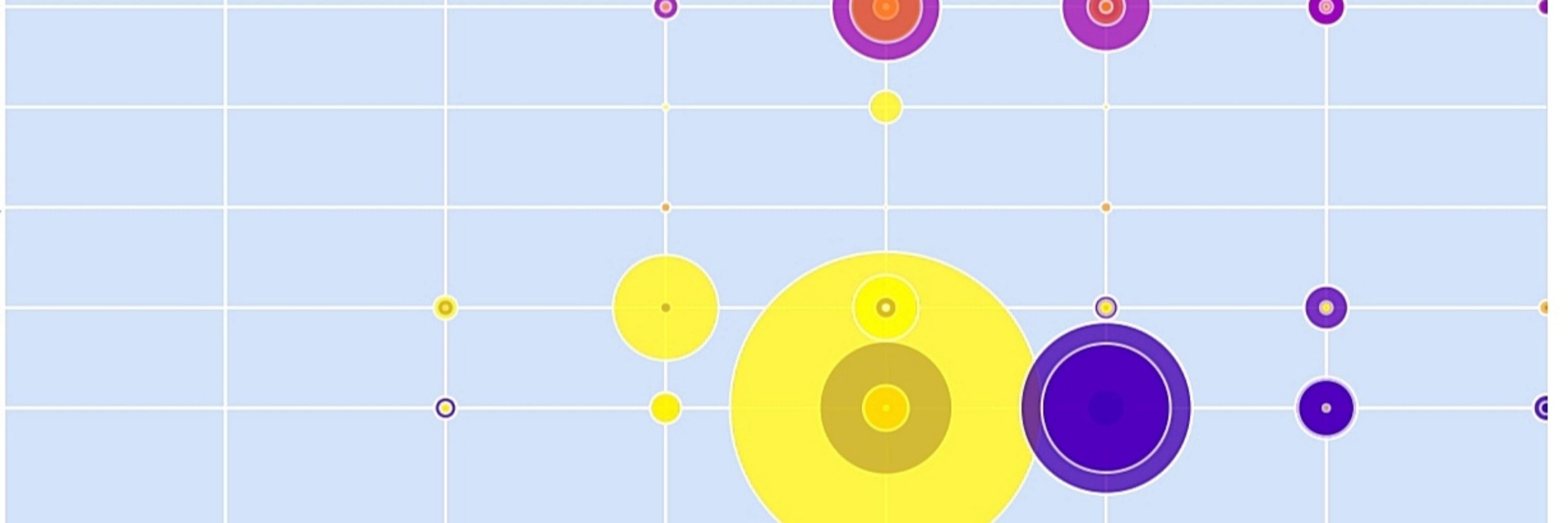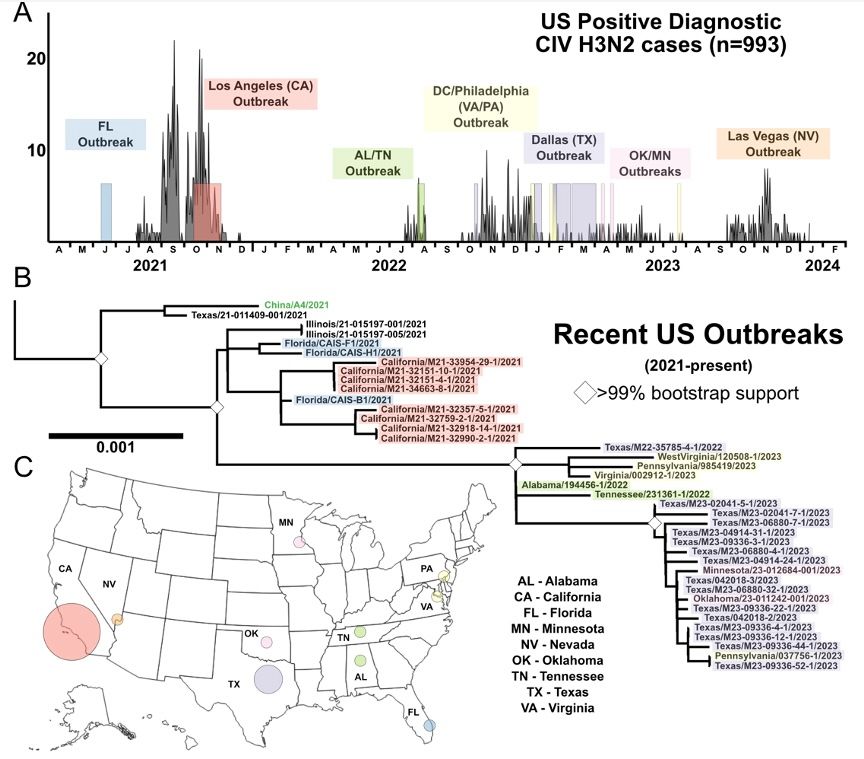
Interested in Zoonotic & H5Nx viruses, Bats/Birds, Z-RNAs, Inflammasomes & Cell death.

👉 www.biorxiv.org/content/10.1...

👉 www.biorxiv.org/content/10.1...
The current 2.3.4.4b clade #H5N1 is unusual and spreading rapidly in mammals and shows human adapting potential, a #OneHealth concern, needs more attention.
www.nature.com/articles/d44...

The current 2.3.4.4b clade #H5N1 is unusual and spreading rapidly in mammals and shows human adapting potential, a #OneHealth concern, needs more attention.
www.nature.com/articles/d44...
Data can inform vaccine selection & evolutionary/epidemiological modeling
www.biorxiv.org/content/10.1...

Data can inform vaccine selection & evolutionary/epidemiological modeling
www.biorxiv.org/content/10.1...
Important because:
1️⃣ RSV top cause of infant hospitalization in USA
2️⃣ New antibodies & vax can prevent hospitalizations
3️⃣ Will virus evolution erode their efficacy?
www.biorxiv.org/content/10.1...

Important because:
1️⃣ RSV top cause of infant hospitalization in USA
2️⃣ New antibodies & vax can prevent hospitalizations
3️⃣ Will virus evolution erode their efficacy?
www.biorxiv.org/content/10.1...
@jbloomlab.bsky.social
Similar data could help forecast evolution for vaccine selection
www.biorxiv.org/content/10.1...

@jbloomlab.bsky.social
Please consider submitting an abstract to the BAT COMPARATIVE IMMUNOLOGY symposium that I am hosting. I hope to meet some of you at the meeting. Please SHARE within your network.
www.ibrc.org/symposia.html

Please consider submitting an abstract to the BAT COMPARATIVE IMMUNOLOGY symposium that I am hosting. I hope to meet some of you at the meeting. Please SHARE within your network.
www.ibrc.org/symposia.html
👉 journals.asm.org/doi/10.1128/...

👉 journals.asm.org/doi/10.1128/...

www.sciencedirect.com/science/arti...
www.sciencedirect.com/science/arti...
We identified the emergence of 2.3.4.4b #H5 HA with a distinct #glycosylation pattern in its RBD that drove its preferential pairing with long stalk N1 and the emergence of this novel variant.

We identified the emergence of 2.3.4.4b #H5 HA with a distinct #glycosylation pattern in its RBD that drove its preferential pairing with long stalk N1 and the emergence of this novel variant.
We reported last year, 2.3.4.4b H5N1 features long stalk N1, unlike prev clades. All mammals infected with H5N1 after 2020 (also B3.13&D1.1) show long stalk N1.

We reported last year, 2.3.4.4b H5N1 features long stalk N1, unlike prev clades. All mammals infected with H5N1 after 2020 (also B3.13&D1.1) show long stalk N1.

www.biorxiv.org/content/10.1...

www.biorxiv.org/content/10.1...
www.nature.com/articles/d41...

www.nature.com/articles/d41...
@keshu-vrimmch.bsky.social
events.abcam.com/event/Inflam...

@keshu-vrimmch.bsky.social
events.abcam.com/event/Inflam...

@keshu-vrimmch.bsky.social
events.abcam.com/event/Inflam...
www.latimes.com/environment/...

www.latimes.com/environment/...
www.eurekalert.org/news-release...

www.eurekalert.org/news-release...
www.science.org/doi/abs/10.1...

www.science.org/doi/abs/10.1...
www.sciencedirect.com/science/arti...

www.sciencedirect.com/science/arti...
👉https://www.int-res.com/abstracts/dao/v160/p65-74/

👉https://www.int-res.com/abstracts/dao/v160/p65-74/
www.cell.com/iscience/ful...

www.cell.com/iscience/ful...
My interpretation: antigenic evolution currently constrained by pleiotropic effects of mutations on RBD-ACE2 affinity, RBD up-down position & antibody neutralization
My interpretation: antigenic evolution currently constrained by pleiotropic effects of mutations on RBD-ACE2 affinity, RBD up-down position & antibody neutralization
We came together to generate more tools and reagents to study bats. 👇🏾 @jangralab.bsky.social @fviromics.bsky.social #LZCI
www.biorxiv.org/content/10.1...

We came together to generate more tools and reagents to study bats. 👇🏾 @jangralab.bsky.social @fviromics.bsky.social #LZCI
www.biorxiv.org/content/10.1...

